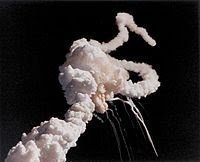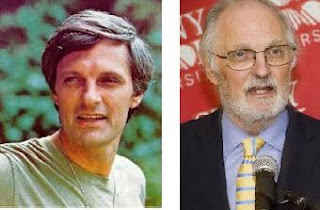The sport we in the United States know and love as football is more properly called gridiron football, for the vertical yard lines that mark the field. Closely related to two ancient English sports—rugby and soccer (or association football)—gridiron football originated at universities in North America, primarily the United States, in the late 19th century. On November 6, 1869, players from Princeton and Rutgers held the first intercollegiate football contest in New Brunswick, New Jersey, playing a soccer-style game with rules adapted from the London Football Association.
While a number of other elite Northeastern colleges took up the sport in the 1870s, Harvard University maintained its distance by sticking to a rugby-soccer hybrid called the “Boston Game.” In May 1874, after a match against McGill University of Montreal, the Harvard players decided they preferred McGill’s rugby-style rules to their own. In 1875, Harvard and Yale played their first intercollegiate match, and Yale players and spectators (including Princeton students) embraced the rugby style as well.
The man most responsible for the transition from this rugby-like game to the sport of football we know today was Walter Camp, known as the “Father of American Football.”
As a Yale undergraduate and medical student from 1876 to 1881, Camp played halfback and served as team captain, equivalent to head coach at the time. Even more importantly, he was the guiding force on the rules board of the newly formed Intercollegiate Football Association (IFA).
Thanks to Camp, the IFA made two key innovations to the fledgling game: It did away with the opening “scrummage” or “scrum” and introduced the requirement that a team give up the ball after failing to move down the field a specified yardage in a certain number of “downs.” Among the other innovations Camp introduced were the 11-man team, the quarterback position, the line of scrimmage, offensive signal-calling and the scoring scale used in football today. In addition to his work with the rules board, Camp coached the Yale team to a 67-2 record from 1888 to 1892—all while working as an executive at a watch-manufacturing firm.
More here: https://en.wikipedia.org/wiki/Walter_Camp
In 1920, the American Professional Football Association—later known as the National Football League—was founded in Canton, Ohio, greatly professionalizing the sport. After growing in size and popularity during the first half of the 20th century, the NFL merged with the American Football League, its rival, in 1970, becoming the behemoth it is today. Today, with 32 member teams, the NFL is the largest football league in the United States. And football is by far the country's most popular sport: According to a 2018 Gallup poll, 37 percent of U.S. adults name football as their favorite sport to watch, followed by basketball at 11 percent and baseball at 9 percent.
Read this... how Teddy Roosevelt saved football...
https://www.history.com/news/how-teddy-roosevelt-saved-football
Corn and Broccoli Casserole is a hearty side dish that starts with fresh tasting frozen veggies and ends with a hot, out of the oven homey result that'll pair with any main dish.
- 1 (20-ounce) package frozen creamed corn, slightly thawed
- 1 (16-ounce) package frozen chopped broccoli, thawed
- 1 egg
- 1/4 cup (1/2 stick) butter, melted, divided
- 1/2 teaspoon onion powder
- 1/2 teaspoon salt
- 1/4 teaspoon black pepper
- 1 cup coarsely crushed butter crackers
- Preheat oven to 350º Coat an 8- x 8-inch baking dish with cooking spray.
- In a large bowl, combine corn, broccoli, egg, 2 tablespoons melted butter, the onion powder, salt, and pepper; mix well and spoon into baking dish.
- In a small bowl, mix crackers and remaining melted butter; sprinkle on top.
- Bake 40 to 45 minutes, or until firm in center.
***Can't find creamed corn in the freezer section? Regular frozen corn will work just fine.
breaks apart after liftoff killing all seven astronauts on board.

And births this date include....










